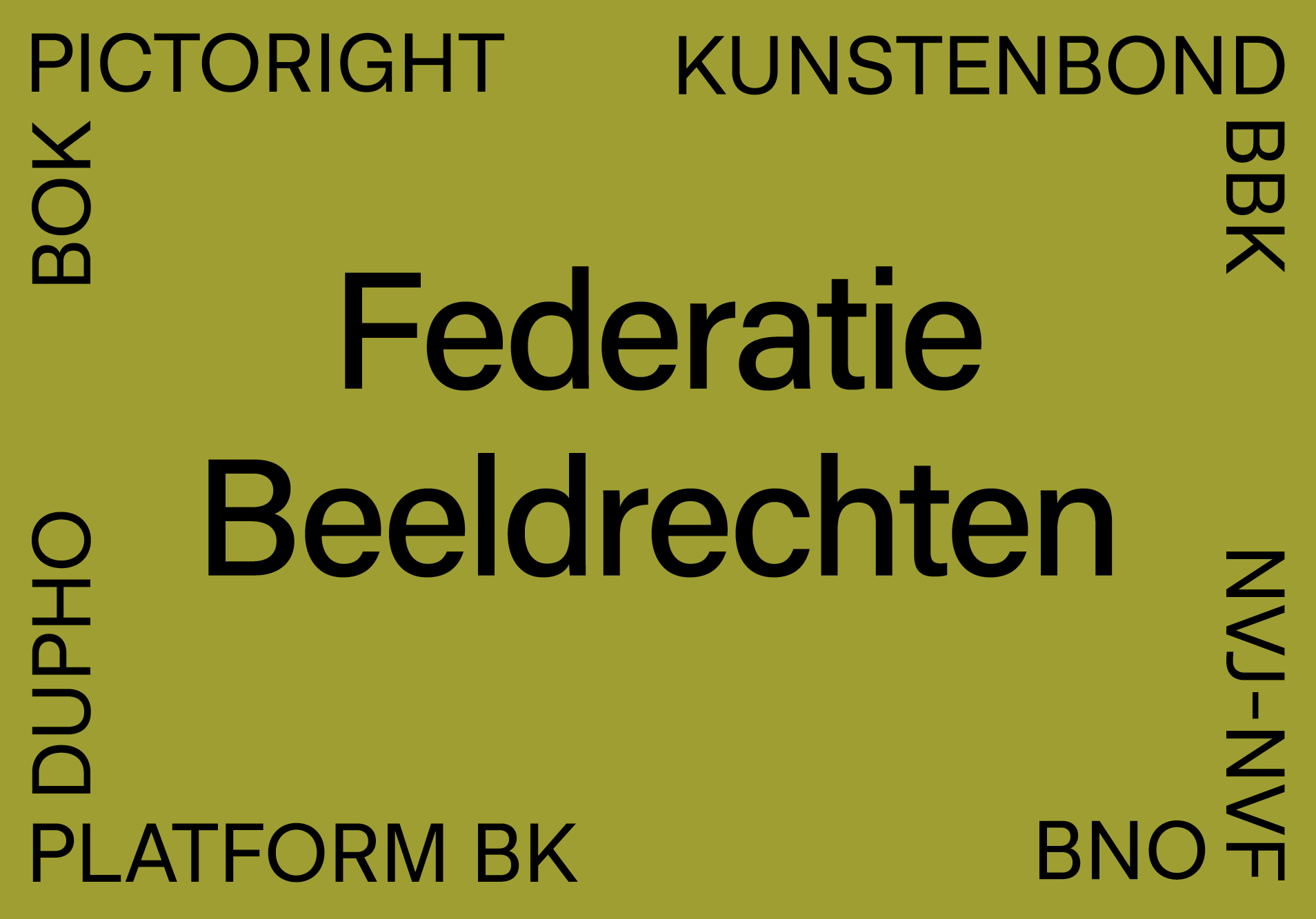Strengthening Copyright Contract Act: minimal progress for image creators

Following the Evaluation of the Copyright Contracts Act in 2020, a new proposal has been submitted to the Council of State: the Strengthening of Copyright Contracts Act. During the consultation round, the Federatie Beeldrechten made recommendations to substantially strengthen the position of image creators. For example, the Federation advocated strengthening the bargaining position of image creators by broadening the scope of the Copyright Contract Law to include “end-user situations” and more. In addition, the Federation supported the mandatory distinction between fees and exploitation fees in the original proposal. Unfortunately, these recommendations were not heeded. In fact, the mandatory distinction was also removed from the proposal. As a result, the intended “strengthening” will be a minimal progress for the regular image maker.
“End-user situations”
Because the current copyright law applies only to exploitation agreements and therefore not to assignment situations, many authors cannot rely on this law. Thus, due to a weakened bargaining position, image creators often transfer their copyrights to a client, and in the process work for a low rate. When the realized works subsequently prove to be a success and are made available to a broad audience, copyright law does not provide a fair safety net for this group. This is why the Image Rights Federation advocated broadening the scope of copyright contract law to include “end-user situations.” Yet, with a succinct appeal to a very limited interpretation of the European DSM Directive, the decision was made not to expand the law to these situations. The Image Rights Federation sees this differently and regrets that this was so easily overlooked.
“Eindgebruikerssituaties”
Omdat het huidige auteurscontractenrecht alleen geldt voor exploitatieovereenkomsten en daardoor niet in opdrachtsituaties, kunnen veel makers geen beroep doen op de wet. Zo dragen beeldmakers, door een verzwakte onderhandelingspositie, vaak hun auteursrechten over aan een opdrachtgever en werken daarbij voor een laag tarief. Wanneer de gerealiseerde werken vervolgens een succes blijken te zijn en beschikbaar voor een breed publiek, biedt het auteurscontractenrecht voor deze groep geen rechtvaardig vangnet. Daarom pleitte de Federatie Beeldrechten voor een verruiming van de reikwijdte van het auteurscontractenrecht naar “eindgebruikerssituaties”. Toch is, met een beknopt beroep op een zeer beperkte uitleg van de Europese DSM-richtlijn, gekozen de wet niet naar deze situaties uit te breiden. De Federatie Beeldrechten ziet dat anders en vindt het jammer dat hier zo makkelijk overheen is gestapt.
Unilateral advice on equitable remuneration
The Federation’s recommendation to include the possibility for authors to have the Minister unilaterally determine an advice regarding the equitable remuneration, has also not made it into the bill. Instead, the mandatory review by the Ministry of a collectively negotiated equitable remuneration is expired. A positive development in itself, as it lowers the threshold, but in fact it is nothing more than a codification of existing practice. Under the old law, the Competition Authority already did not enforce collective bargaining by self-employed persons in the cultural sector. Thus, this hardly helps authors.
Distinction between fee and exploitation fee
The envisaged obligation to distinguish between the author’s fee on the one hand and the equitable remuneration for copyright exploitation on the other has not been included either. This distinction prevents an unclear merging of different fees into a “lump sum” and is essential for (visual) authors. This is because only when it is clear what remuneration is involved can a negotiation on its fairness take place. The current proposal sees a solution to this problem in the so-called “transparency obligation,” which allows authors to request information about the exploitation of their work. However, this requires an active request by the author, with the risk of “blacklisting” known in the industry. An active duty to make this distinction would therefore strengthen the bargaining power of authors more.
Despite everything, there are some small signs of improvement. However, the federation considers these too small to realize a law that actually improves the position of all authors. For the time being, a missed opportunity for the legislator.
The Federation of Image Rights is a partnership between Pictoright, BBK, BNO, BOK, DuPho, the Kunstenbond, NVJ/NVF and Platform BK. Within the federation they work together for a better copyright position for image makers.